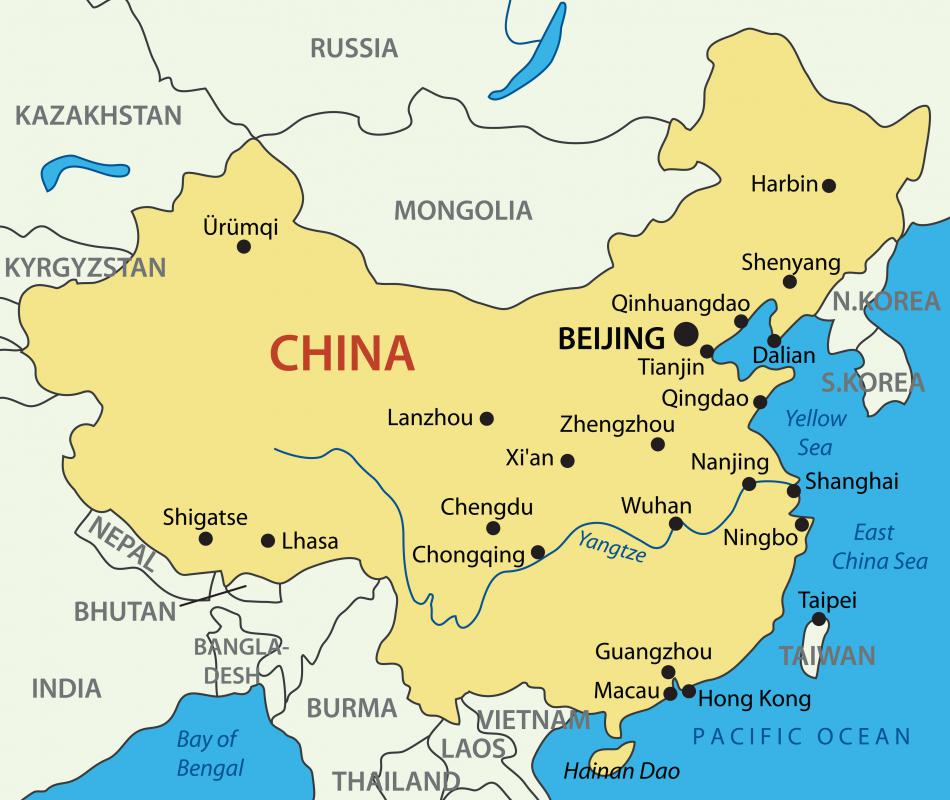At DelightedCooking, we're committed to delivering accurate, trustworthy information. Our expert-authored content is rigorously fact-checked and sourced from credible authorities. Discover how we uphold the highest standards in providing you with reliable knowledge.
What Is La Mian?
La mian refers to hand-pulled noodles using traditional Chinese techniques. Chefs who have mastered the skill are held in high regard as both culinary and performance artists. A cylinder of dough is repeatedly stretched and folded to multiply it into progressively thinner strands. The principle, as well as the aesthetics of the process is similar to forming a large pizza dough. The fresh pasta noodles are cooked in broth and served in various ways, most commonly in a soup.
In Chinese, mian means “noodle,” and la translates “to pull.” While quick-serve la mian restaurants are found throughout China and elsewhere, the style of preparation originated in westernmost China. The simple noodles preserved well by drying, and served as an important staple source of starch. Many of the provinces of western China are ethnic Muslims, including the northern Hui, or Uyghur, people. La mian noodles appealed to their need for halal, or religiously permissible, food.

Lanzhou is the capital city of the northwestern province of Gansu. Most noodle shops identify themselves as serving la mian in the Lanzhou style. There are other distinctly regional styles which differ in preparation, consistency of the noodles, and their serving presentation. The dish has even migrated to other countries adjoining China.
The ingredients for the noodle dough is simple: wheat flour and water. Turning the dough into noodles, however, is not so simple. The dough must be kneaded exactly enough for gluten proteins to make the dough elastic. Different chefs may have their own signature techniques for stretching and thinning the dough into noodles. There are conventionally regional methods as well.

Among the most common maneuvers, a cylinder of the dough is grabbed by its ends and stretched by gyrating it like skipping a jump rope. It can also be stretched by snapping it upward and sharply back down to slap a lightly floured work table. The elongated dough is folded, and the ends are brought together. This is spun, twisted together. A finger is inserted through the bottom loop, and the braided dough is pulled apart to break at the fold.
A skilled chef can repeat these motions over and over again quite rapidly. With each repetition, the number of noodle strands doubles, becoming progressively thinner. When finished, a hundred noodles, each as thin as angel hair pasta, is not uncommon. The most popular way to eat this is to boil the noodles briefly in broth and serve as soup.
La mian is believed by many researchers to be the ancient precursor to many of the noodles-in-soup dishes common throughout Asia. Though created differently, Korean ra myeon and Japanese ramen are very similar in finished form. The noodles are also commonly served as a stir-fry. During summer, la mian may be served chilled with salad toppings and a vinegar dressing.
AS FEATURED ON:
AS FEATURED ON:












Discuss this Article
Post your comments